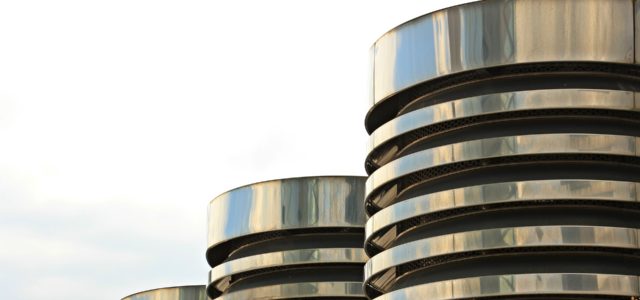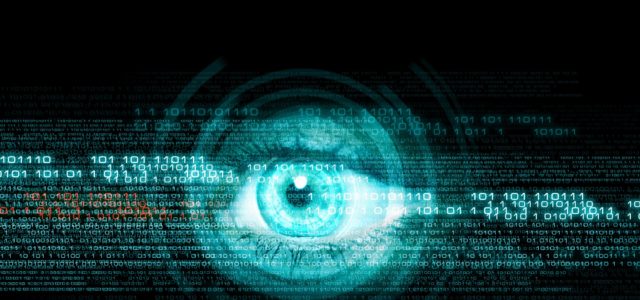Digital transformation and technologies are playing a substantial role in helping with digital sustainability. Most industries are striving to meet sustainability goals, hoping to reduce their carbon footprint and do better for the world in addition to appealing to people who value sustainability.
Sustainability efforts are accelerating, as reports from scientists are generally unanimous in identifying climate change as a major factor. Approximately 97 per cent of climate scientists who publish their work agree that trends in climate-warming over the last century are most likely due to human activities. In response, businesses are harnessing the potential of digital sustainability, using a variety of tools and methods to curb their carbon footprint.
The Rise of Green IT
Information technology contributes to a number of environmental detriments, including air pollution, global warming and natural environment destruction. Vehicles, air conditioning and other technologies contribute to air pollution when active, with many technologies still contingent on burning fossil fuels to operate. Some technology also releases gases into the environment, which erodes the ozone layer and contribute to global warming. These factors impact natural environments, with natural resources suffering the consequences on top of water and soil pollution.
Green IT takes aim at these negative environmental impacts by emphasizing environmentally friendly strategies in designing, manufacturing, operating and disposing of technology. Green IT often entails reducing the use of hazardous materials throughout these processes in addition to maximizing energy efficiency during the lifetime of a product.
The fewer products a consumer has to go through due to a product’s lifespan ending, the less of a detrimental impact designing, manufacturing and distribution have on the environment. As a result, manufacturers have an incentive to maximize the energy efficiency of products, thus increasing their lifespan, even if the initial cost for the product is higher.
What’s Next?
Green IT isn’t particularly new. It emerged in the early ’90s when the U.S. Environmental Protection Agency launched Energy Star to give companies incentive to make their products environmentally friendly. As a result, the companies’ products receive an Energy Star label, instilling confidence among consumers. The label is something that consumers are still very familiar with today. Green IT remains a positive force, though, with emerging technologies, it makes sense for businesses to emphasize an additional, new call to action in their digital sustainability efforts.
Today, companies are prioritizing environmental factors from phase one of product development while expanding sustainability practices beyond IT operations. Their confidence comes from data that shows IT-enabled smart grids and buildings can potentially provide a 20 per cent reduction in global carbon emissions by 2030, with over $11 trillion in new economic benefits.
Even though some companies may scoff at sustainability as a money-losing endeavour since the initial costs to alter product development can be significant, many savvy tech-driven companies recognize that digital sustainability can have long-term impacts that provide greater economic benefits to their industry as a whole.
The Power of a Circular Economy
The development of a circular economy among suppliers and partners is accommodating to digital sustainability efforts. If a supplier is embracing digital sustainability, but their partner is reluctant, the inconsistency can cause chaos. The development of a circular economy from all parties can prove beneficial instead, emphasizing a desire to extract the maximum value from resources and products in use. When these products reach their end phase, methods to recover and regenerate their materials are beneficial for all involved.
Products that tout a longer lifespan will attract consumers, many of which will be willing to pay an extra price if it means their product’s lifespan is longer than expected. A circular economy in a supply chain, with each party communicating clearly, can result in digital sustainability practices that benefit all parties. Manufacturers can get the most out of their materials instead of spending resources on creating new ones, while consumers can be more satisfied with products that last longer. Of course, the environmental benefits are significant as well.
Examples of Digital Sustainability in Action
Beyond IT and supply chain specifics, there are already digital sustainability practices in motion that work well and can provide inspiration. One example is smart parking, which can cause a 30 per cent reduction in greenhouse gas emissions in cities, a 10 per cent reduction in traffic and an increase of two per cent in local GDP.
Mobile applications, powerful analytics and IoT parking sensors can combine to save drivers ample time in looking for a parking space. When a driver enters a parking area, they can be immediately notified of an open parking spot instead of running emissions and circling the lot. What’s more, consumers generally love the idea of saving their time while also helping the environment.
Another example involves paper usage, something that many businesses can relate to. Although some companies have gotten rid of paper entirely, it’s not so easy for ones that still rely on hard copies. Fortunately, there are many options available that digitize receipts and invoices. In addition to proving more sustainable, digitizing these documents can make it easier to buy and sell overseas and remotely. Being able to send receipts and invoices via text and email makes everything easier and more accessible while putting less load on the environment. Electronic payroll systems are also a plus.
Other technologies, like 3D printing and machine learning, are also playing roles in reducing emissions, helping to create parts and products that would otherwise use up significant resources. Across a variety of industries, it’s exciting to see that digital sustainability is being taken very seriously.
Article by channel:
Everything you need to know about Digital Transformation
The best articles, news and events direct to your inbox
Read more articles tagged: Automation, Featured, Machine Learning







